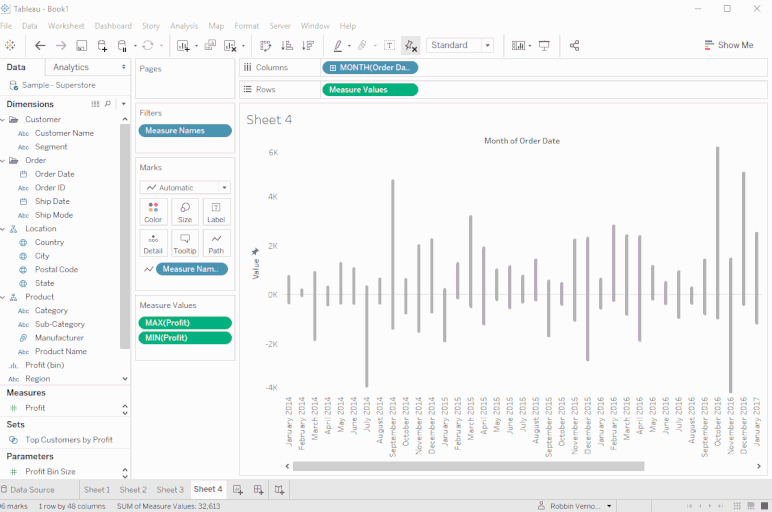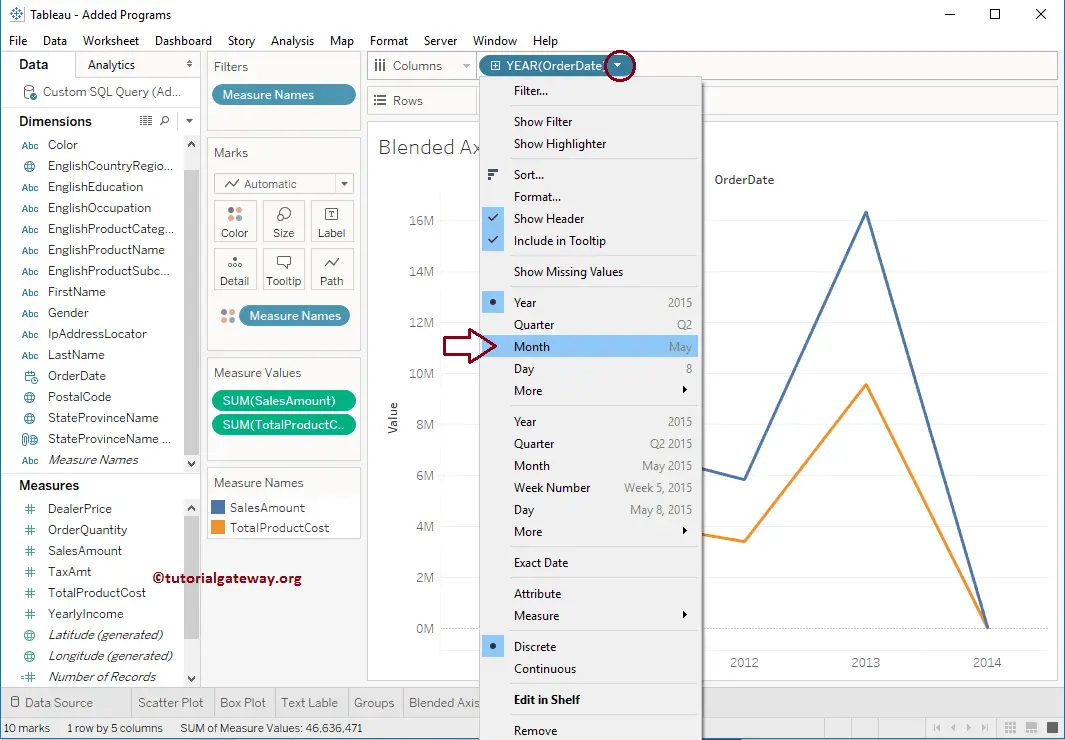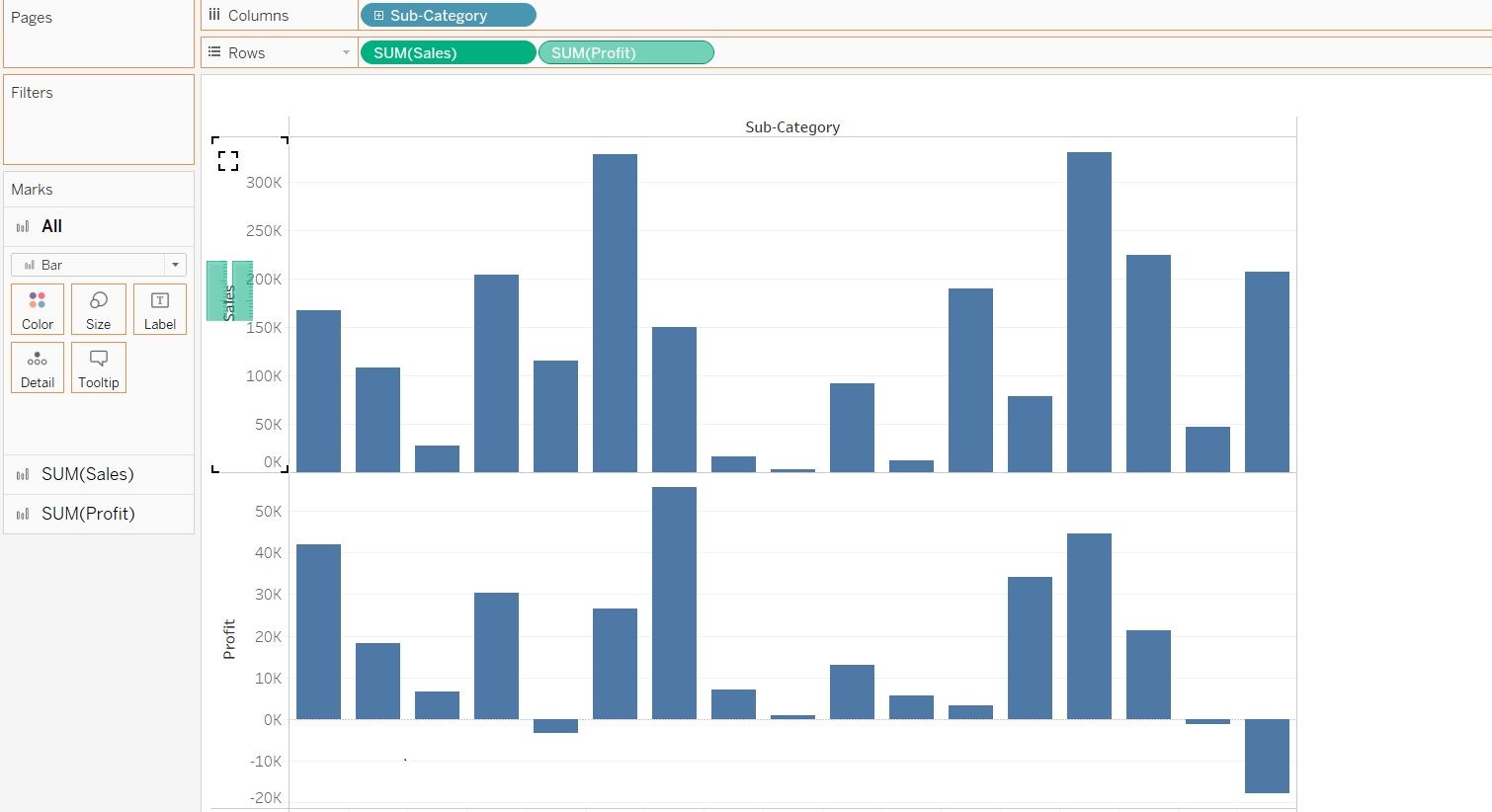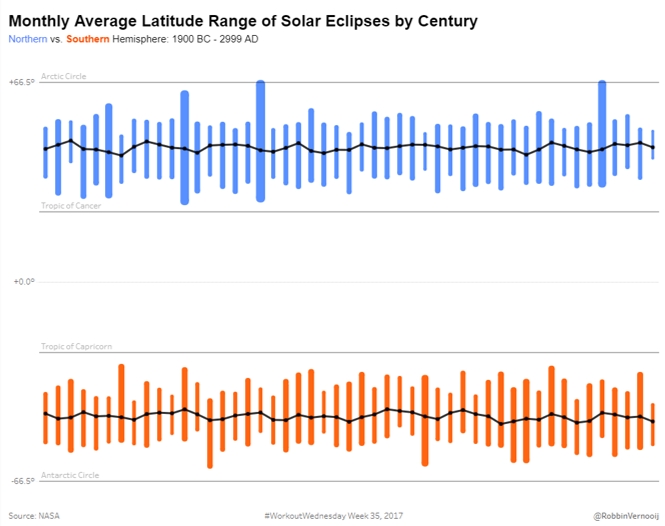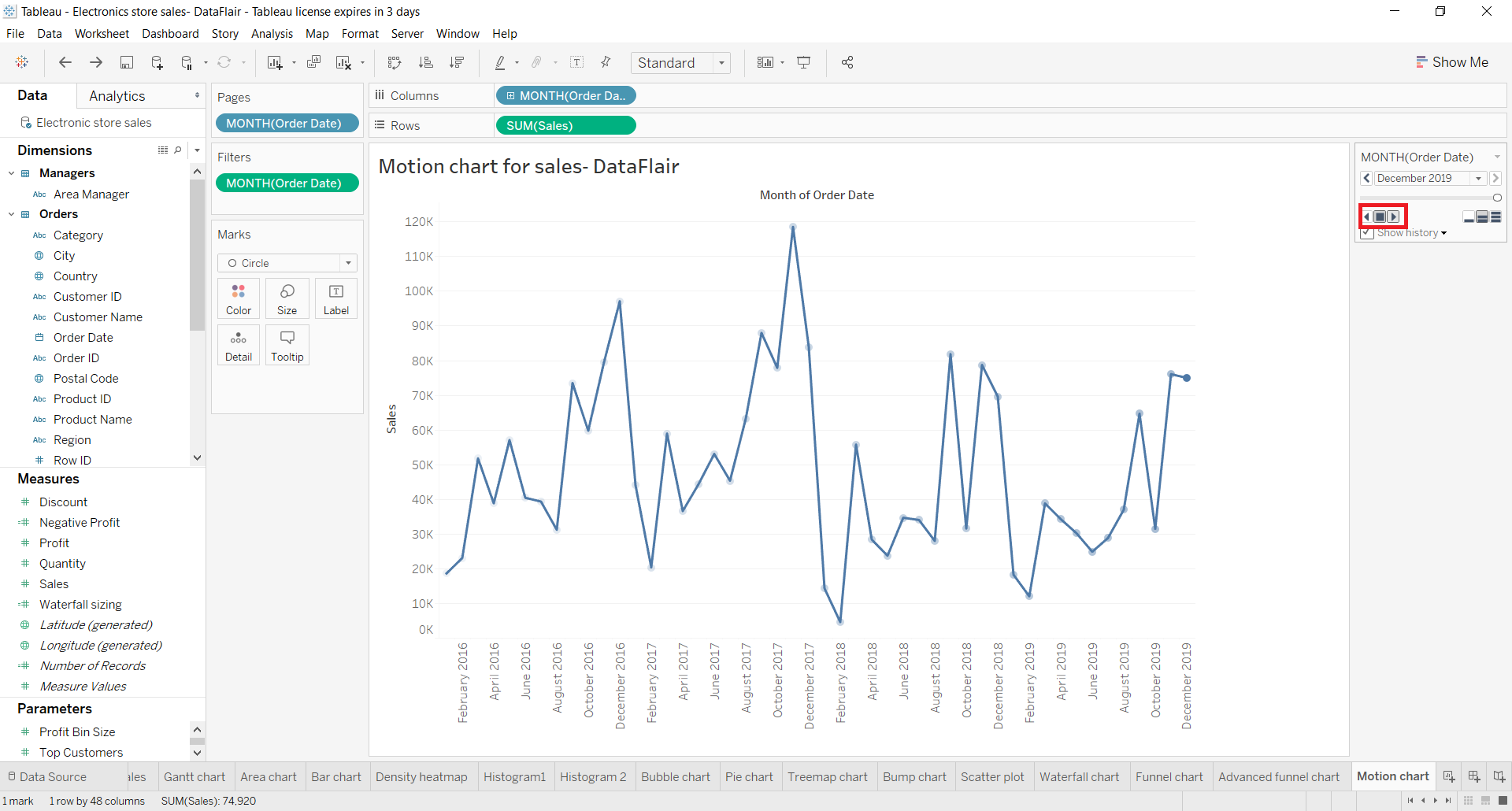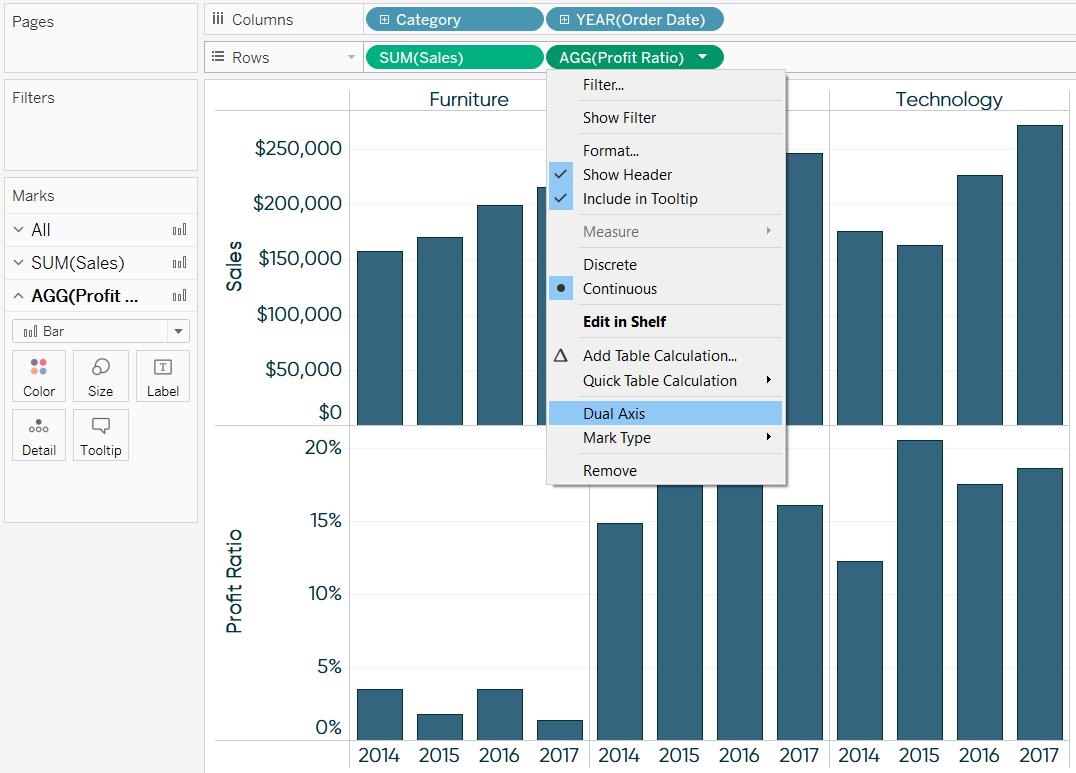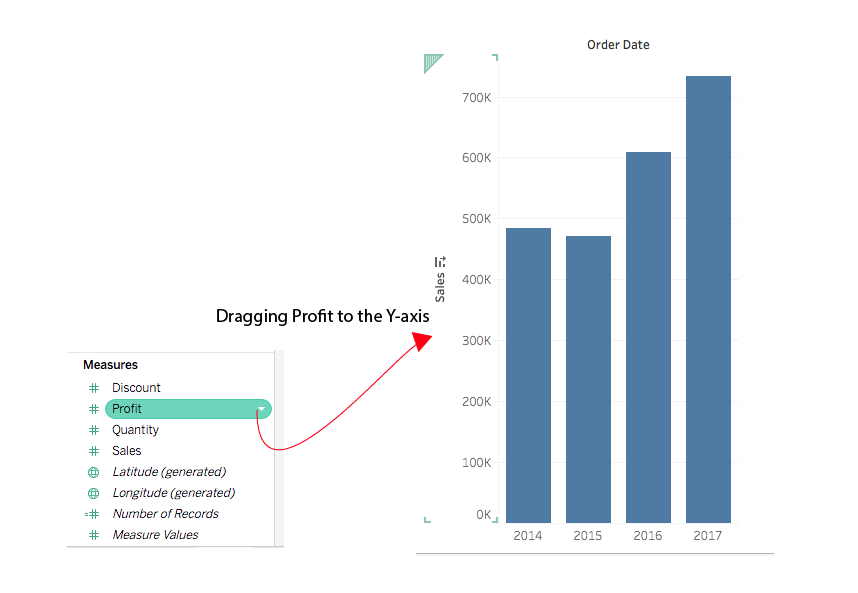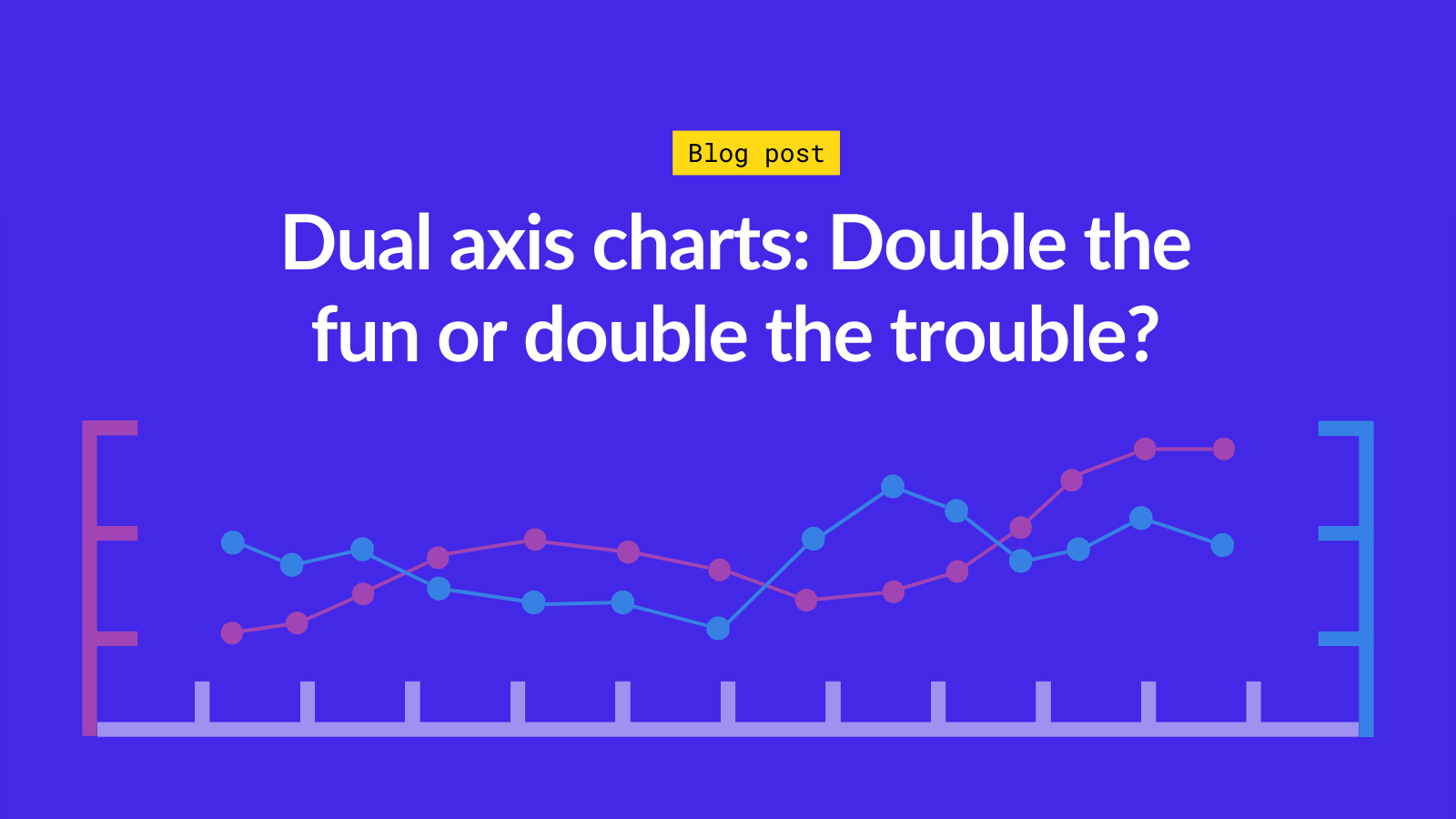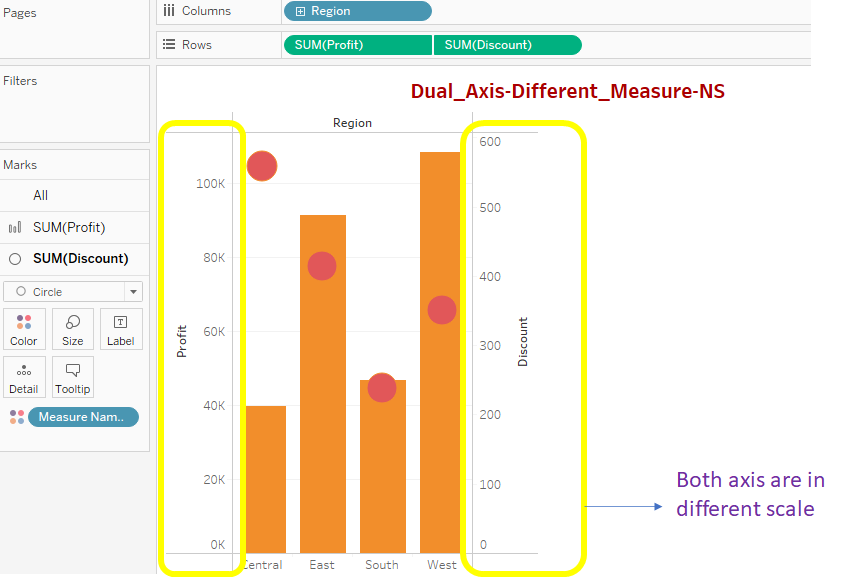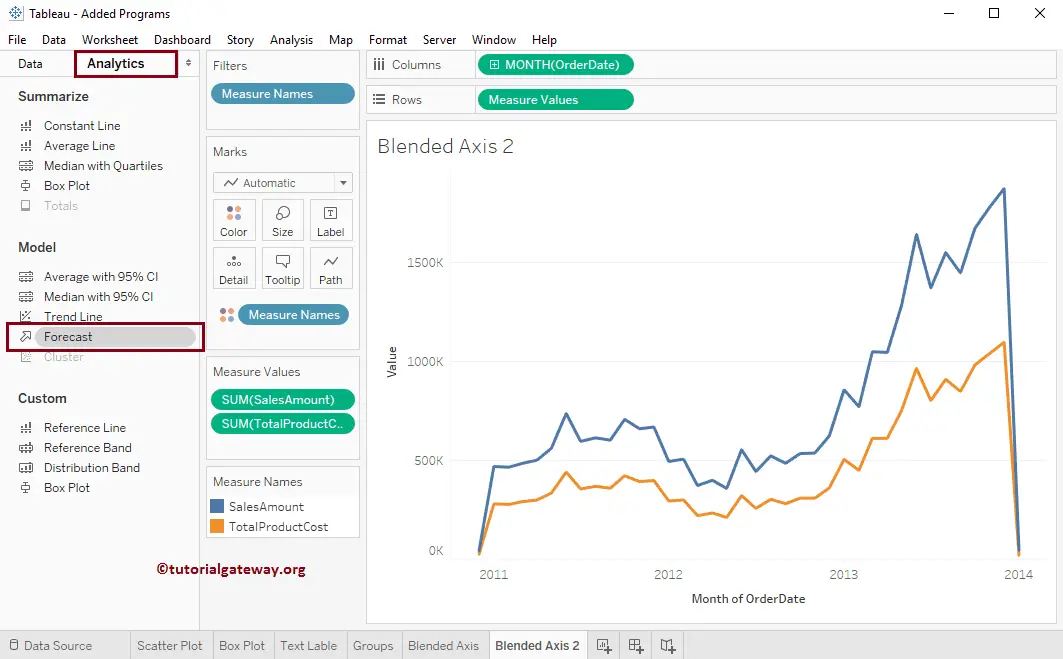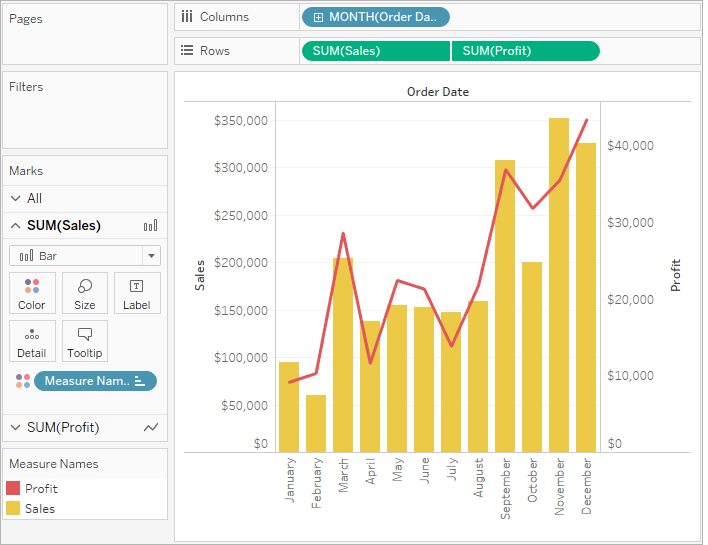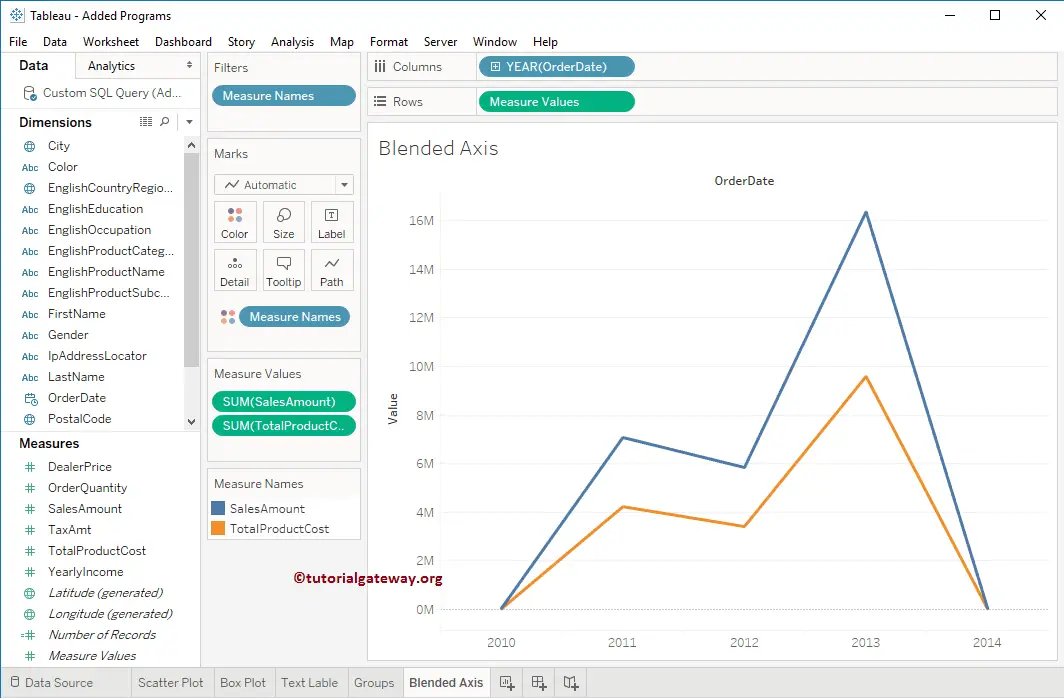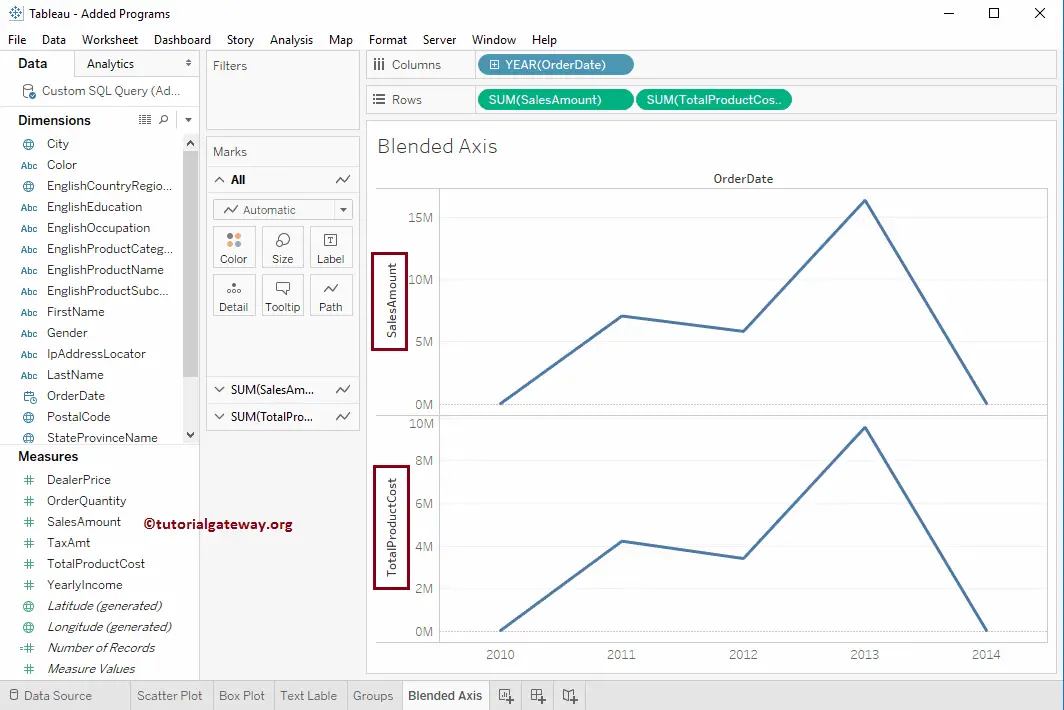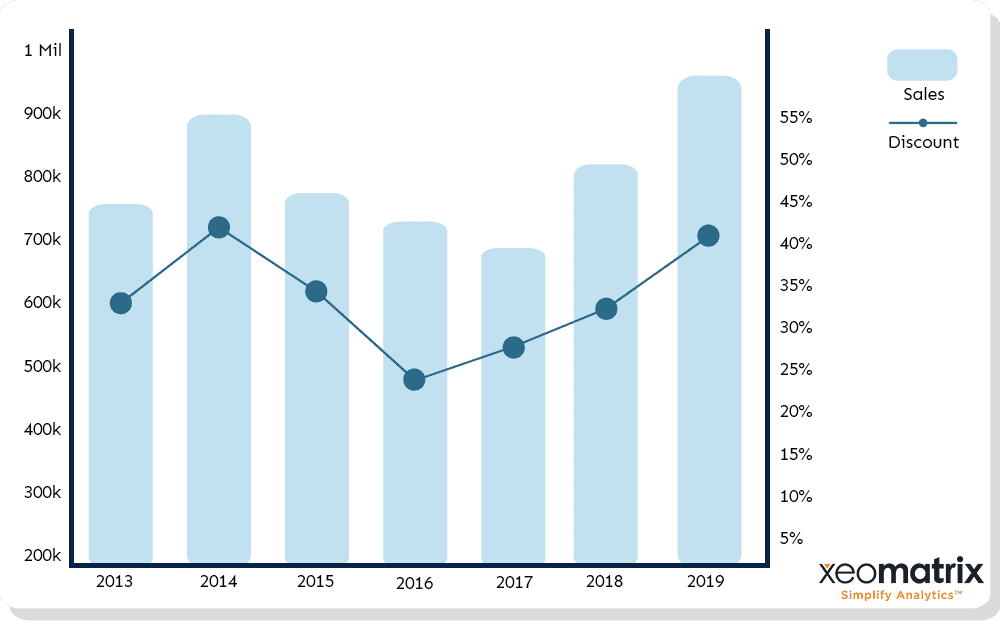Beautiful Work Info About What Is The Difference Between A Blended Axis And Dual Excel Chart Sort
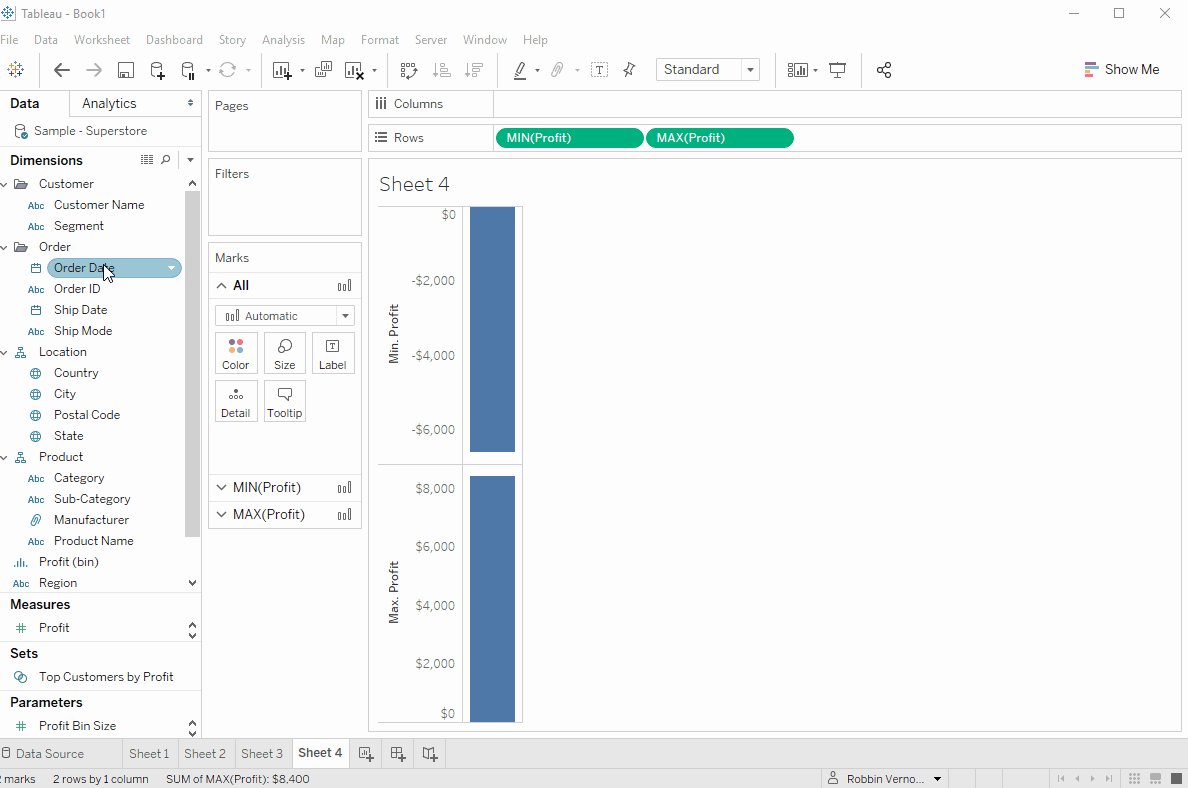
(1) their traditional use (2) a method for making your end user part of the story and (3) an option for improving the aesthetics of your dashboard.
What is the difference between a blended axis and a dual axis. One axis represents one measure and other axis represents second. A detailed comparison june 8, 2024; A quick walkthrough on how to create combine a blended axis into a dual axis in tableau.
In this we will learn tableau tutorial in detail. The difference between a dual axis chart and a combined axis chart is that a dual axis chart creates two independent axes for different graph types, while a. Blended axis in tableau is useful to match two measured values against an equivalent axis.
However, if you have limited space and want to quickly establish the relationship between two variables, the dual axis chart might be the right fit for you. Combination axis chart: This video introduces the dual axis chart and shows how you can have two mark types on the same.
We often find ourselves needing to compare multiple measures in a single chart, one way we can do this is by using a dual axis chart. Home / tableau tutorial / tableau dual vs blended axis. A combined axis only shows one axis and only allows for one graph type to be shown whilst only utilising one marks card, whereas a dual axis allows for multiple graph types to be.
A dual axis chart lets you combine measures that differ in scale and units. Explain difference between individual, dual and blended axis? Difference between blended axis and dual axis.
Blended axis isn't a term i hear a lot, but from your question i'm assuming it means multiple measures on the same axis. A look at how technology is affecting ai software development june 8, 2024; Sales can be on one single axis with the range of values from source data.
However, when the values are in a similar or an. Now the clue is in the title here, dual means. Combines two separate axes within the same chart to compare two measures.
If we combine multiple chart types(line, bar chart etc) and multiple axis(individual axis, blended axis and dual axis) together then it is. This is mainly used when only one mesaure is used in single line graph. This is mainly used when two mesaures are used in dual lines graphs or charts.
